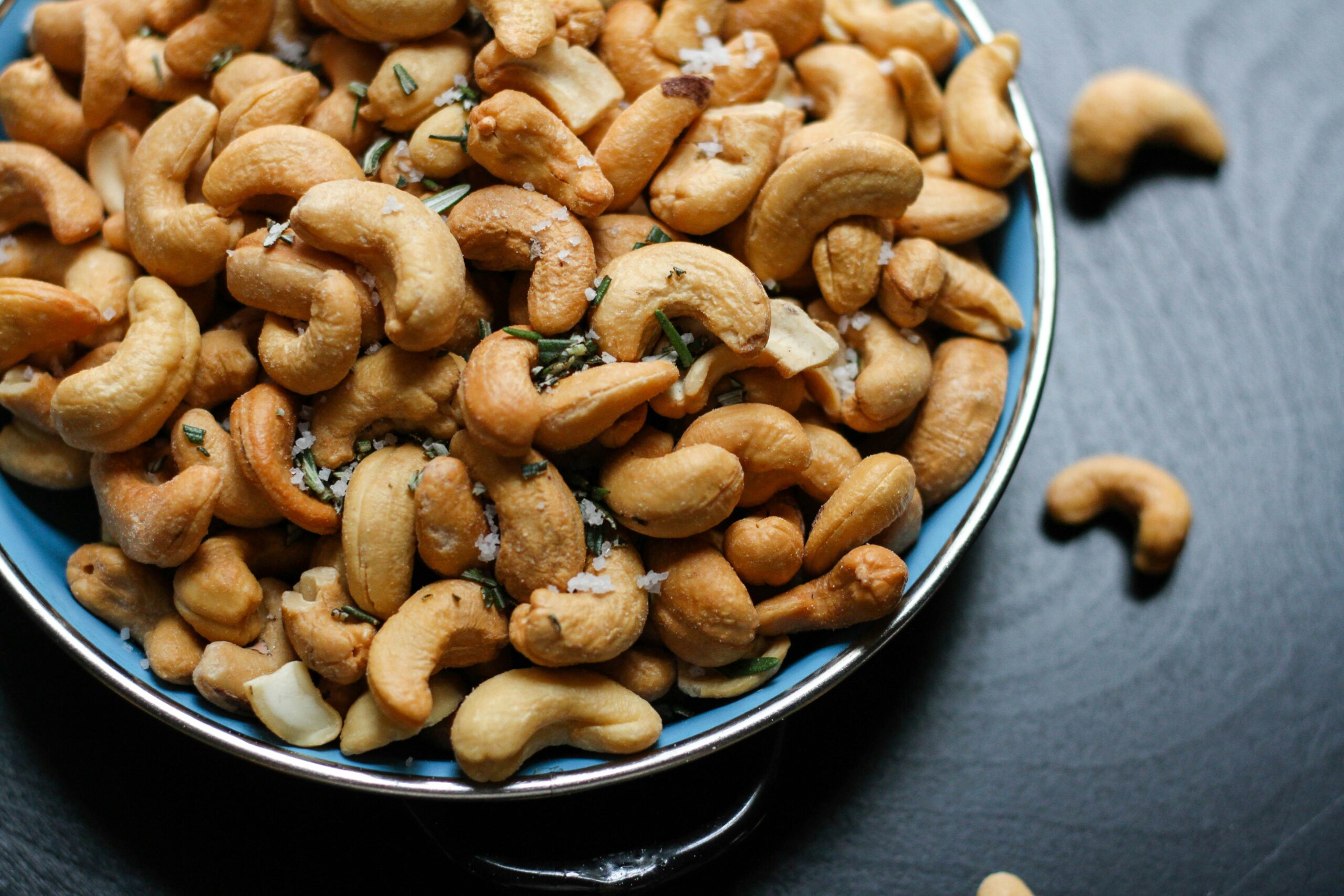Cashews have evolved from a local tropical crop to a global commodity, appreciated for their creamy texture and impressive nutritional value. But behind every bag of cashews lies a complex, labor-intensive, and deeply human story of farming, processing, and global trade.
If you’ve ever noticed the cashews price in Pakistan rising or varying from store to store, it’s not just due to local supply. Instead, it’s often tied to global production trends, export policies, and even climate events across the world. To better understand why cashews cost what they do—and why they’re worth it—it’s essential to dive into the inner workings of the global cashew industry.
In this blog post, we’ll explore the journey of cashews through the lens of international production, labor practices, market demand, and trade dynamics.
1. Where Cashews Come From: A Global Snapshot
The Top Producers
The journey of a cashew begins in the tropics. The world’s top cashew-producing countries include Vietnam, India, Côte d’Ivoire (Ivory Coast), Nigeria, and Tanzania. These countries benefit from warm climates and seasonal rainfall, which are perfect for growing cashew trees.
Vietnam has led global production and export for several years, with India following closely behind. Africa, meanwhile, produces a significant portion of the world’s raw cashew nuts (RCNs), which are then often shipped to Asia for processing.
The Power of Climate and Labor
Unlike mass-produced crops, cashews are still heavily reliant on manual labor. From harvesting the nuts to shelling and peeling them, most stages require human hands. This labor-intensive nature means the quality and quantity of global cashew supply are highly sensitive to labor availability, climate shifts, and policy changes—factors that directly affect cashews price in Pakistan and elsewhere.
2. Processing: The Heart of the Industry
From Raw Nut to Edible Delight
Cashews are never sold straight from the tree. After harvesting, they must be steamed or roasted to neutralize toxins in the shell oil. Then, the shells are cracked, and the thin skin around the nut is peeled off—usually by hand.
The processing stage is often carried out in India and Vietnam due to their advanced facilities and skilled workforce. However, in recent years, efforts have been made to boost local processing in African countries, to retain more economic value locally rather than exporting raw nuts.
Labor Challenges
While the cashew industry supports millions of livelihoods, especially women, working conditions in some regions have raised concerns. Workers are exposed to harsh chemicals and sharp tools with limited protective gear. This aspect of the industry is gradually improving with advocacy and ethical sourcing initiatives, but there’s still a long way to go.
When evaluating cashews price in Pakistan, it’s worth remembering the human effort and hours of labor invested to bring those polished, shelled nuts to your table.
3. Global Demand and Rising Popularity
The Superfood Boom
The rise in health-conscious lifestyles globally has led to increased demand for nutrient-dense, plant-based foods. Cashews, being rich in protein, healthy fats, magnesium, and antioxidants, have gained recognition as a superfood. They’re also central to vegan diets, often used in dairy alternatives like cashew milk, butter, and cheese.
This surge in demand from Western countries and large emerging markets like China means that global prices have climbed over the years, eventually influencing cashews price in Pakistan as well.
Culinary Versatility
Cashews aren’t just snacks anymore. They’ve found their way into every cuisine—from Indian gravies and African stews to Thai curries and Western plant-based meals. Their versatility continues to drive international demand across culinary industries.
4. Cashew Trade and Export: A Delicate Balance
Export Hubs and Trade Routes
Vietnam and India dominate global cashew exports, supplying to the US, Europe, the Middle East, and Southeast Asia. Interestingly, Africa, despite being a top grower, still exports most of its raw nuts rather than finished products.
Trade dynamics between these regions influence local availability and cost. For instance, if a major exporter experiences climate issues or port delays, it could temporarily raise international prices, including cashews price in Pakistan.
Trade Policies and Economic Factors
Tariffs, taxes, shipping costs, and currency fluctuations all play a role in global trade pricing. The COVID-19 pandemic disrupted supply chains and caused temporary surges in nut prices, highlighting just how interconnected the industry is.
5. Sustainability and the Future of Cashews
The Environmental Footprint
Cashew farming, unlike some crops, is generally more eco-friendly. It requires fewer pesticides and promotes tree cover, which benefits biodiversity. However, excessive expansion without environmental planning—especially in Africa—can lead to deforestation and soil degradation.
Sustainable practices such as organic farming, water conservation, and fair-trade certification are becoming increasingly popular. These initiatives not only protect the environment but also improve the livelihoods of farmers and processors.
Technological Advancements
Innovation in processing machinery, digital traceability, and climate-smart agriculture is gradually making the cashew industry more efficient and transparent. As these systems develop, they may help stabilize global prices and ensure fairer returns across the value chain.
Pakistan’s cashew importers and distributors are increasingly aligning with sustainable sources. So, while cashews price in Pakistan might seem higher for certified products, the value goes beyond taste—supporting ethical, sustainable, and human-centered trade.
6. What It Means for Consumers in Pakistan
Smart Buying Decisions
For everyday consumers, understanding the global journey of cashews makes purchasing decisions more meaningful. Whether you’re buying for health, cooking, or gifting, it helps to know that the product on your shelf has traveled thousands of miles, passed through many hands, and undergone intense processing.
The cashews price in Pakistan may fluctuate, but this is often due to factors like international demand, import duties, and currency shifts. Opting for bulk purchases, certified suppliers, or seasonal deals can help manage cost while ensuring quality.
The Big Picture
Every time you buy cashews, you’re participating in a global economy—supporting farmers in Côte d’Ivoire, processors in India, traders in Dubai, and importers in Karachi or Lahore. That little nut carries stories, livelihoods, and value far beyond its size.
Conclusion: More Than Just a Nut
Cashews may seem like a simple snack, but behind every bite is a global network of effort, resilience, and innovation. From the sun-drenched farms of West Africa to bustling ports in Vietnam and distribution shelves in Pakistan, cashews have become a symbol of how deeply food connects us across borders.
As consumers, when we understand the dynamics of global production and trade, we begin to see that the cashews price in Pakistan is not just a number—it’s a reflection of an entire industry and the people behind it.



